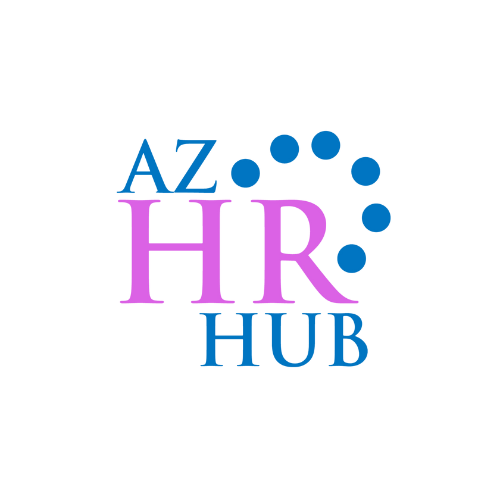Understanding Worker's Rights: A Guide for Employers
As an employer, understanding and respecting the rights of your workers is not just essential for legal compliance but also for fostering a positive and productive workplace culture. Whether you're a seasoned HR professional or a new business owner, staying informed about worker's rights is crucial for building trust, promoting fairness, and mitigating legal risks. In this comprehensive guide, we'll explore the fundamental rights that all workers are entitled to and provide practical insights for employers to ensure compliance and promote a harmonious work environment.
Understanding Worker's Rights:
Fair Labor Standards Act (FLSA): The FLSA establishes minimum wage, overtime pay, recordkeeping, and youth employment standards for employees in the private sector and in federal, state, and local governments.
Anti-Discrimination Laws: Title VII of the Civil Rights Act, the Americans with Disabilities Act (ADA), and the Age Discrimination in Employment Act (ADEA) protect workers from discrimination based on race, color, religion, sex, national origin, disability, or age.
Family and Medical Leave Act (FMLA): The FMLA provides eligible employees with up to 12 weeks of unpaid, job-protected leave for specified family and medical reasons.
Occupational Safety and Health Act (OSHA): OSHA ensures safe and healthful working conditions by setting and enforcing standards and providing training, outreach, education, and assistance.
Employer Responsibilities:
Legal Compliance: Employers must adhere to federal, state, and local labor laws and regulations governing wages, hours, working conditions, and employee rights.
Workplace Policies: Establish clear and comprehensive policies addressing equal employment opportunity, anti-harassment, accommodation of disabilities, safety protocols, and procedures for reporting violations.
Training and Education: Provide training to managers and employees on worker's rights, anti-discrimination policies, safety procedures, and reporting mechanisms.
Employee Handbook: Develop an employee handbook outlining rights, responsibilities, company policies, and procedures, ensuring accessibility and regular updates.
Promoting Worker's Rights:
Open Communication: Encourage open dialogue between employees and management, fostering a culture of transparency, respect, and trust.
Fair Treatment: Treat all employees with fairness, dignity, and respect, regardless of their position, background, or protected characteristics.
Compliance Audits: Conduct regular audits of HR practices, policies, and procedures to identify and address any compliance gaps or areas for improvement.
Continuous Improvement: Stay informed about changes in labor laws and regulations, seek feedback from employees, and continuously strive to improve workplace practices and conditions.
Understanding and upholding worker's rights is not only a legal obligation but also a moral imperative for employers. By prioritizing fairness, equality, and respect in the workplace, employers can create an inclusive and supportive environment where employees feel valued, empowered, and motivated to contribute their best. By following the guidelines outlined in this guide, employers can navigate the complexities of worker's rights with confidence and integrity, fostering a culture of compliance, accountability, and excellence.
Ready to ensure your workplace practices align with worker's rights and legal obligations? Schedule your FREE consultation with AZ HR Hub today.
Our experienced team is here to provide guidance, support, and tailored solutions to help you navigate HR challenges and promote a fair and compliant workplace. Don't wait, take the first step towards a better workplace environment. Schedule your consultation now!

